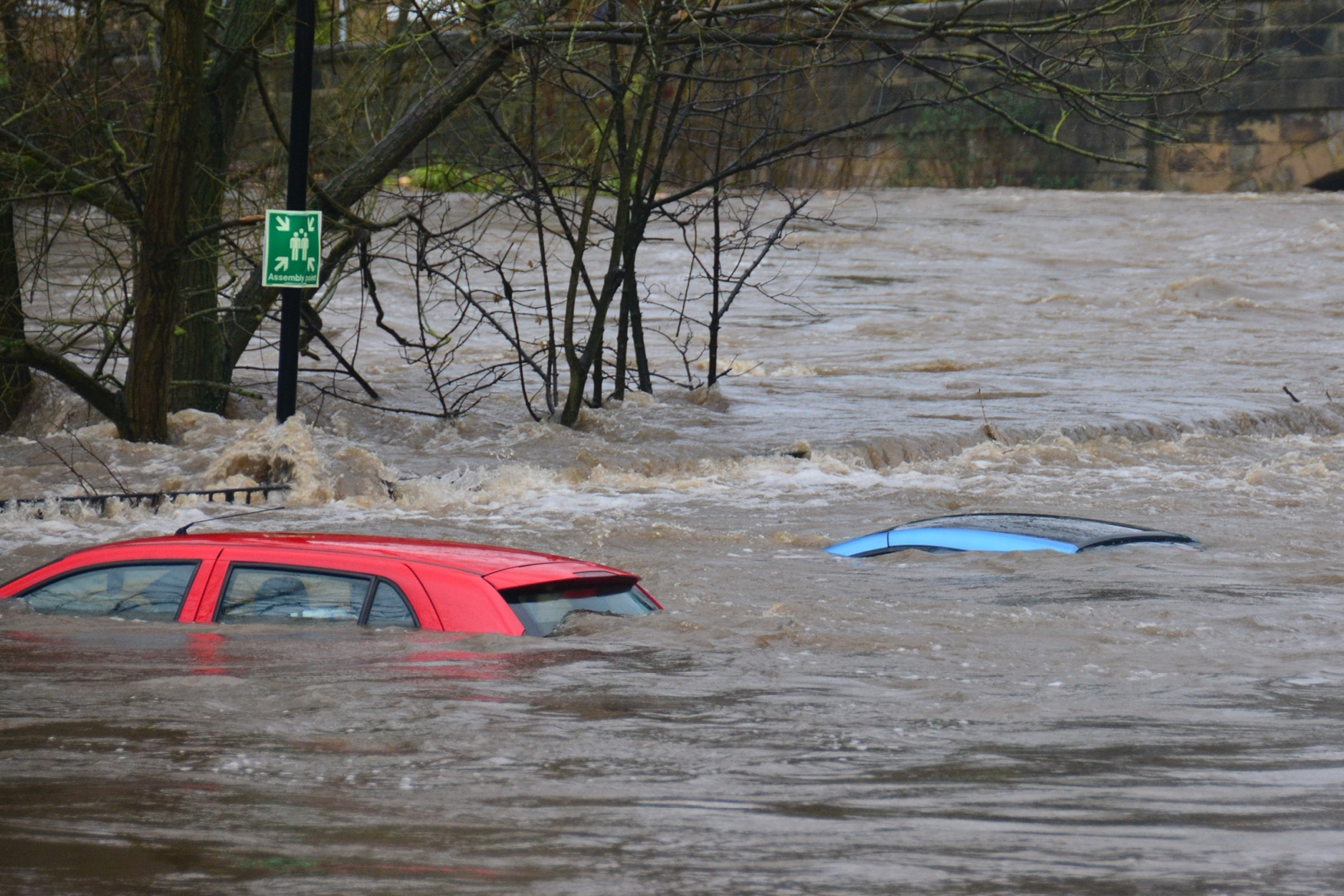Most assessments of the Texas outage of 2021 point to a few factors that were responsible for the loss of power and water that hit ~4.2M Texas residents
- Old Infrastructure and asset degradation
- Lack of a shared and accepted plan to address (what was an expected) extreme weather event
- Archaic tools to execute the (inadequate) plans that existed
I’ve worked in the utility industry for 20 years, in power plant operations and technology deployment in power for 17 years and now in technology deployment for water utilities for the last 3 years, and our ability to kick the can down the road with infrastructure and planning is second-to-none. American exceptionalism? Yes, we are exceptional at not addressing the issues that are actually in front of us. Or planning ahead as extreme weather events increase in frequency and intensity. We fail to fully grasp or understand the risks ahead of us.
Even as Texas basked in the innovation of its deregulated electricity markets – where residents could buy power from 100’s of retail electricity marketers/providers even as the generation and distribution layers were kept in the hands of a few participants – the state failed to spend money on the upgrades of its distribution and transmission systems. Grifters were allowed to offer perks (free weekends, free car tires, etc) to sign up customers and then promptly sell those customers to the next grifter. All while nothing was done to strengthen the underlying infrastructure required to actually generate and deliver that electricity. As user demand for power and heat has spiked due to the inclement weather, that infrastructure layer has crumbled under the weight. While some blamed energy from wind and solar, which provides only 10% of power in Texas, the statewide power supply had dropped to ~25%, a catastrophic shortfall attributable to fossil fuel energy generation infrastructure failure. A failure that could have been avoided if we’d planned beyond the immediate cash benefits accruable to the retail end of the industry. But that’s not even the worst of it.
One unknown, or ignored, fact about the US is that the treatment and transportation of water accounts for 20% of energy consumption. That energy consumption number rises as high as 30% in California [PDF]. So what happens when a state loses 75% of its power supply? It stops being able to power the water plants that treat and transport the water residents need to survive. It’s why towns like Pflugerville and Abilene issued boil water warnings or shut off water to residents. That situation, lack of potable drinking water in the midst of a winter storm, was a compounding issue in an already dire situation. Most have not paid attention to the fact that the US power system infrastructure is inadequate for addressing the needs of Americans in a world where climate change is worsening. Meanwhile, the current state of the water industry is worse than the state of our power infrastructure.
The federal government has allocated $X to upgrading our water infrastructure, this is great news. But, there is still a lack of clarity about the more critical risks that water system leaders have to pay attention to, deploy funds and allocate resources to address. The current tools for making asset replacement or resource allocation decisions to address risk are inadequate for the task ahead of the industry. The current tools – spreadsheets and PDFs – are static and, should water system leaders make decisions based on the old information, the largesse from the government will be wasted. And the highest consequence risks would still not have been addressed. This gap in risk decision-making clarity for water systems is why we built the Varuna Resilience Dashboard. It’s a dynamic tool for a dynamic situation. It’s a tool that ensures all stakeholders are fully informed and the most critical risks get mitigated, addressed or even predicted.

